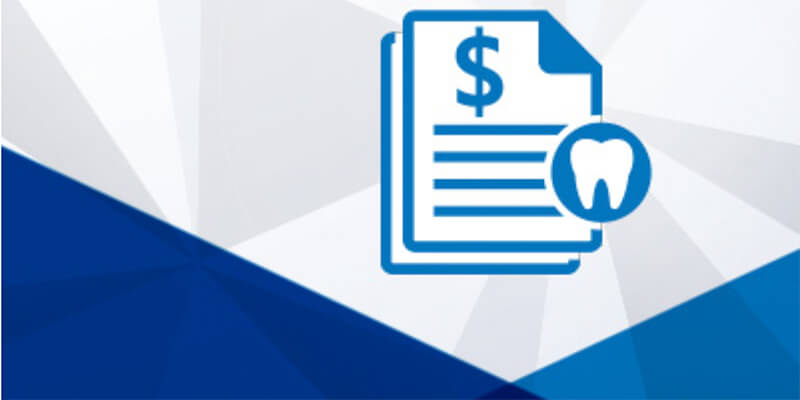
With the American Dental Association (ADA) in accordance with the Center for Disease Control (CDC) on the increased use of personal protective equipment (PPE), many dental practices are left wondering how they will pay for the increased use and associated cost. The ADA issued a statement on third party reimbursement for the increased costs of PPE with guidance for payers and providers.
Third Party Reimbursement Guidance
Due to the increased cost of PPE and subsequently a dental appointment, the ADA suggests that third party payers should either:
- Adjust the maximum allowable fees for all procedures or
- Allow a standard fee per date of service per patient to accommodate the rising costs of PPE. Not doing so is deemed an automatic reduction in reimbursement rates.
Provider Guidance
Dental offices may bill for the CDT code “D1999 – unspecified preventive procedure, by report” to document and report the use and cost of additional PPE. Use of this code is allowed once per patient visit/claim to attempt to cover the cost of PPE.
The ADA also suggests that offices devise a standard procedure for use of PPE across all patients with documentation to support the increase in cost per patient. Alternatively, dental providers may choose to document what PPE was used for each patient and charge different fees based on what PPE was used.
Read the full ADA statement using the button below:
Did you know that practices are reducing their PPE needs by adopting teledentistry workflows?
Teledentistry allows providers to communicate with their patients without being in the same space, eliminating the need for traditional PPE.
Synchronous
Synchronous teledentistry allows for limited exams (commonly billable) to be provided by a dentist while the patient is at home to reduce the number of patients who need to come into the office and require PPE.
Asynchronous
Asynchronous teledentistry allows providers to triage patients’ needs through messaging and sending photos, if necessary, prior to the appointment. Patients can also fill out paperwork before an appointment, lessening the time they spend in-office.
Intraoffice teledentistry + intraoral cameras
Dental hygienists can participate in in-office teledentistry by storing all assessment data digitally, including intraoral photos, for the dentist to view and treatment plan in a separate space, therefore reducing the PPE needed for the patient’s visit. This is one way in which teledentistry + intraoral cameras make a strong team.
In these ways and others, teledentistry allows providers to communicate safely and comprehensively with their patients while reducing PPE use and cost.
